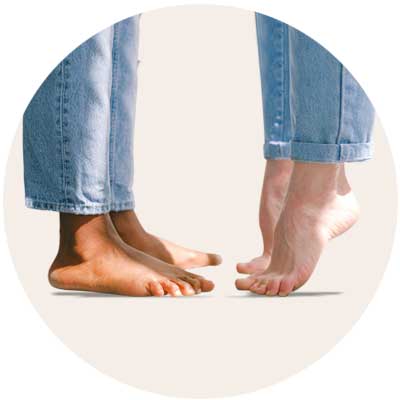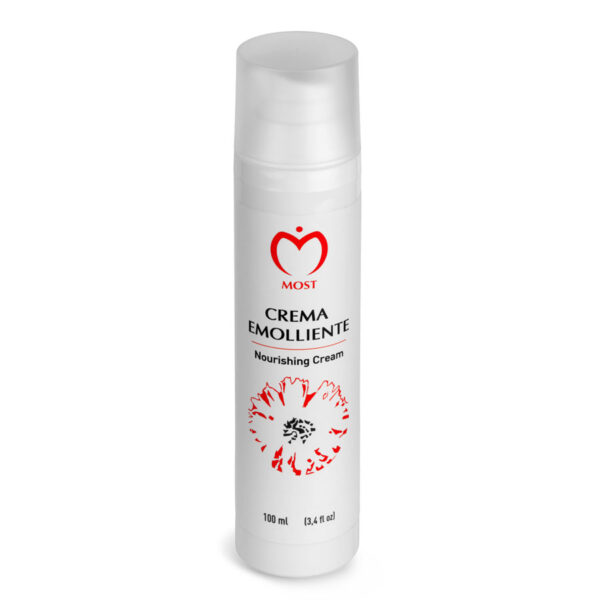
What is meant by cracked heels?
Cracked heels are a very common skin condition. Heels become cracked due to the physiological stresses that they are subjected to during the day. These stresses include supporting the foot while walking or the use of shoes with rigid soles. This problem should not be neglected since, in the long run, in addition to the formation of fissures or cracks, it can lead to serious complications.
Furthermore, it creates aesthetic problems by complicating the wearing of footwear, such as sandals, and can cause problems with the wearing of certain garments, such as tights.
A cracked heel shows very obvious signs, such as cracks and splits, the skin is very dry and it often changes colour, from grey to a yellowish hue.
What are the causes of Cracked Heels?
The causes of the formation of these cracks on the heels can be divided into two groups: behavioural and pathological.
Behavioural causes
Dry, cracked heels are often the result of certain wrong habits and behaviour. These behavioural ‘mistakes’, repeated over time, can lead to unpleasant and annoying foot problems, in particular, as regards the heels, which are often stressed. The main behavioural causes include:
- Sporting gymnastic activity involving significant demands on the feet
- Use of rigid footwear
- Frequent washing with soap
- Walking barefoot
Pathological causes
In other cases, the causes of cracked heels are a direct consequence of pathological conditions.
The main pathological causes are:
- Overweight, obesity
- Psoriasis, Atopic dermatitis
- Menopause
- Cardiovascular problems
What can be done for cracked heels?
Early intervention is very important to avoid complications. Neglecting this issue can lead to the formation of cracks and fissures, openings in the skin through which viruses, bacteria and fungi can easily pass, generating infections that are much more complex to manage. So, how should cracked heels be treated?
To eliminate cracked heels and keep your feet smooth and soft, apply Glicocrema+ once a day, in the evening, massaging it in until it is absorbed. With its peeling action, this ointment thins the stratum corneum, reduces calluses and roughness to the touch and makes the skin soft again.
Glycocrema+ is also very useful for removing heel scars. With its exfoliating action, it removes thickened layers of skin that are discoloured due to cracking. Four to five days of constant application are necessary for this treatment to be fully effective.
- Footbaths containing softening substances, bicarbonate, honey, and essential oils, do not actually bring about any improvement. Immediately after the footbath, a feeling of softness is perceived because the thickened areas are swollen with water; however, shortly afterwards, they lose their momentary moisture and become drier than before.
- Mechanical smoothing agents such as electric files and pumice stone remove layers of dry skin for the time being, but rubbing may cause irritation on the affected area, which reacts by developing other protective layers of cells.
To prevent this, after washing, we recommend applying Nourishing Cream, containing vegetable butters and oils that nourish the affected skin.












